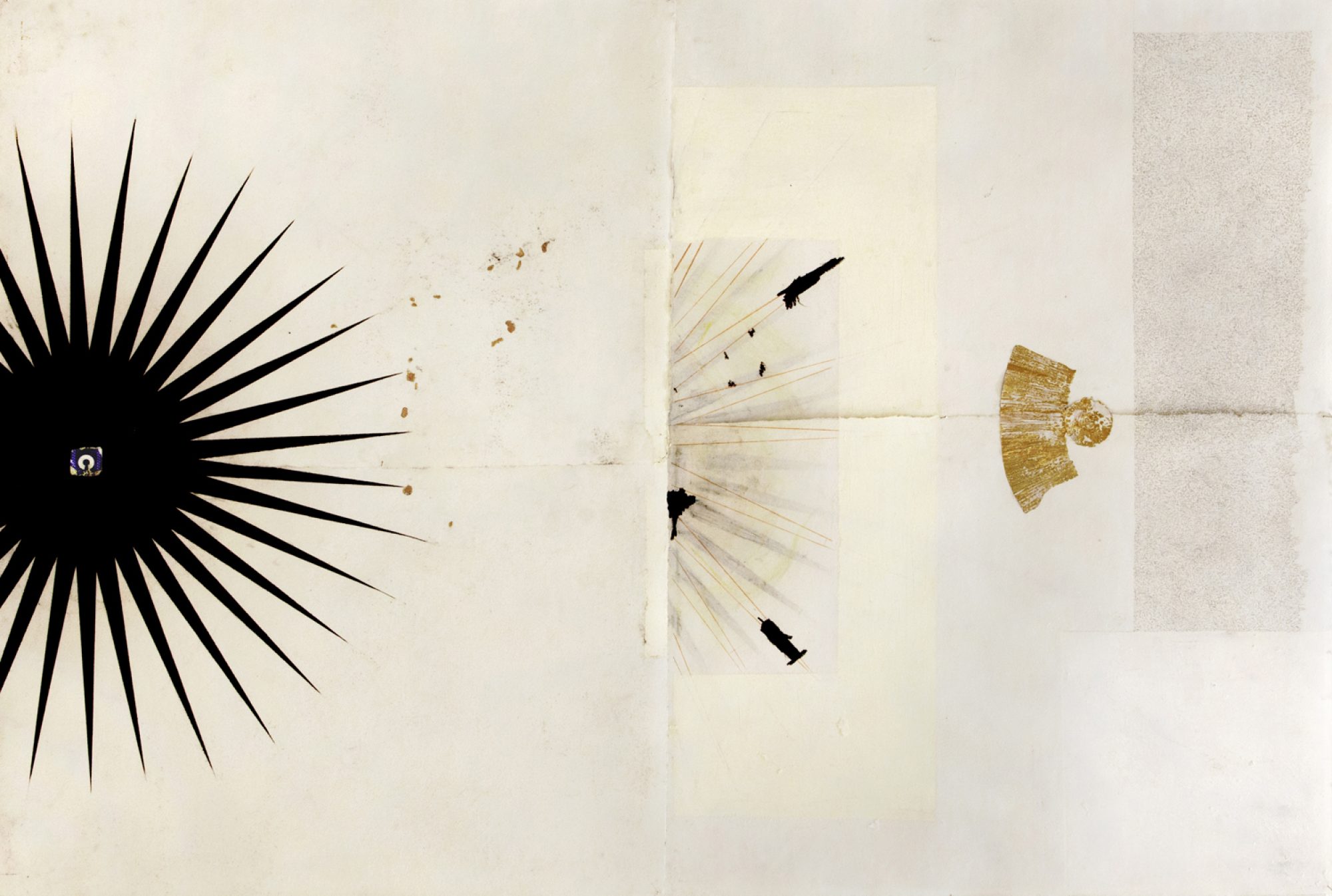Kieko Matteson
Paper: “Artemisia’s Army: Environmental Education as Bioremediation”
Abstract: The news these days feels relentlessly grim on nearly every issue, from economic security to human rights to the ecological health of the planet. On the political front, cynics and strongmen exult in their increased influence, dismantling longstanding social and environmental protections with ever-increasing boldness and thumbing their nose at all who object. Politics as usual seem inadequate, but so too does resistance at the scale necessary to make a difference.
How, then to respond to the crises pressing in on all sides?
The best bet, I contend in this section of the syllabus, is environmental education. My essay looks at four diverse approaches spanning from elementary and middle school to university-level, each created by women whose earlier careers led them to a common conclusion: that the only way to make a genuine and lasting difference is to nurture children’s curiosity and foster compassion for the natural world. Planting the seeds of environmental engagement in every child is not for the faint of heart – it requires painstaking effort and the patience of Job – but taken collectively, the impacts are enduring and powerful.
Starting with my essay, this module invites students to consider the diverse motivations and methodologies of environmental education. Readings and other resources present different curricular approaches, while assignments (at the discretion of the instructor) should encourage students to explore the strengths and weaknesses of other models of environmental pedagogy.
My aim is to encourage students to think about the ways education can enhance or proscribe our relationships with the natural world. How might more unorthodox approaches from early childhood on up inspire wonder, foster greater awareness of non-human environmental stakeholders, and encourage more sustainable forms of resource use in the long and short run?
How do you define radical hope?
The most radical expression of optimism is slow hope, to borrow Christof Mauch’s expression – in this case, the pursuit of a pedagogy committed to cultivating change from the ground up, with the aim of creating a society of individuals culturally, intellectually, spiritually, and materially committed to caring for all the elements of the earth, animate and inanimate alike.
How do you see radical hope emerging or playing out in your case study?
The case studies I explore in my essay are the living embodiment of radical hope, in each woman’s bold efforts to devise an ethical, invigorating, creative curriculum that encourages young people to shake off the status quo and devise a more ecologically viable vision for the future.
Readings
- Davis, Julie M. Young Children and the Environment: Early Education for Sustainability. 2nd ed. (Port Melbourne, Victoria: Cambridge University Press, 2015).
- Grant, Tim and Gail Littlejohn. Teaching Green: The Elementary Years: Hands-on Learning in Grades K-5 (Gabriola, B.C.: New Society Publishers, 2005).
- Locke, Steven. “Environmental education for democracy and social justice in Costa Rica.” International Research in Geographical and Environmental Education, 18:2 (2009) 97-110.
- Louv, Richard. Last Child in the Woods: Saving our Children from Nature-Deficit Disorder. (Chapel Hill, NC, Algonquin Books, 2005).
- O’Kane, Trish. “What the Sparrows Told Me.” New York Times, August 17, 2014, New York edition, page SR6.
- Saylan, Charles, and Daniel T. Blumstein. The Failure of Environmental Education (and How We Can Fix It). (Berkeley: University of California Press, 2011).
- Sobel, David T. Childhood and Nature: Design Principles for Educators. (Portland, Me., Stenhouse Publishers, 2008).
- Wake, Lynn Overholt. “E.B. White’s Paean to Life: The Environmental Imagination of Charlotte’s Web,” in S.I. Dobrin and K.B. Kidd, eds. Wild Things: Children’s Culture and Ecocriticism. (Detroit: Wayne State University Press, 2004), 101-114.
- Wattchow, Brian and Mike Brown. A Pedagogy of Place: Outdoor Education for a Changing World (Monash University Publishing, 2011).
Websites: - Colleges of the Fenway (Massachusetts) Minor in Sustainability www.colleges-fenway.org/center-for-sustainability-and-the-environment
- North American Association for Environmental Educators, https://naaee.org/ (see especially guidelines and workbooks for educators)
- SEEQS, School for Examining Essential Questions of Sustainability, Honolulu, Hawai`i. “Essential questions” curriculum, http://www.seeqs.org/eqs-essential-question-of-sustainability.html
- Wilderness Education Association, https://www.weainfo.org/
Programs, videos, articles, and exhibitions featured in my essay:
- Collier, Andrée, TEDx theme “Joy and Purpose” October 3, 2015, Jamaica Plain, Massachusetts. https://www.ted.com/tedx/events/15943
- Marris, Emma. Rambunctious Garden: Saving Nature in a Post-Wild World (Bloomsbury USA, 2011).
- Marsching, Jane. “Incubating Change: Pedagogies of Sustainability in Art and Design Education,” paper presented at the College Art Association conference, New York, NY, February 18, 2017. [PDF]
- Marsching, Jane, “Ice Out” http://www.janemarsching.com/projects/ice-out-2010-2012/
- Marsching, Jane, “Test Site” http://www.janemarsching.com/projects/test-site-2008-2010/
- Marsching, Jane, “Water Quality Sing-Along” http://2016.northernspark.org/projects/water-quality-sing-along/, accessed 15 May 2017
- O’Kane, Trish. “Pattern of Migration,” New York Times Magazine, March 25, 2007.
